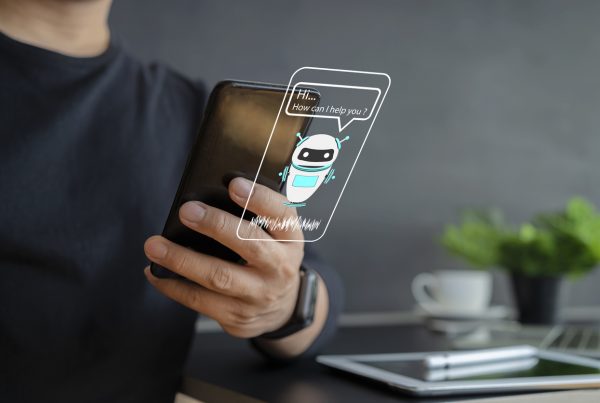As web sites and web applications have evolved over the years, so has our understanding of what is necessary to create a site or application that a user will want to engage in and return to. Over the years, the industry has highlighted one hot topic after the other as to what is the most important factor in attracting and retaining users: information architecture, usability, web design, graphic design, accessibility, online marketing, search engine optimization just to name a few. Two topics that have been at the forefront of a lot of debate are aesthetics and usability. Should a web site or application focus more on aesthetics or on usability?
I’ve worked with some who have argued that usability should always trump aesthetics. Armed with usability study results, the usability advocate produces statistics on how much easier tasks are to perform if field labels are aligned in a specific manner, or how much more readable a site is with a particular background color.
On the flip side, there are those that will sacrifice usability for aesthetics and believe that redesigning a website starts with re-skinning the site. A color palette is chosen along with slick buttons and navigation, with a focus on what is the most pleasing to the eye. Subsequently, all the content and functionality is fit into that design. The argument, originating from traditional sales and print advertising, is that bells and whistles can get the customer into the door. While what I describe may seem like an extreme, this attitude is present to some degree in many projects.
So which is more important? Aesthetics or usability? The truth is that it depends. While bells and whistles can get someone in the door, if the application is not usable and your customers have a hard time figuring out how to pay their bill or buy that vacuum cleaner, they may become frustrated enough to take their business elsewhere. In our high-tech culture where many people depend on web applications for much of their productivity, the usability of a site can make a big difference in sales and retention for a product or service oriented company. A personal example — there are many things I dislike about my bank, but I have been loyal to them for almost 20 years because I love the features and usability of their online bill payment application.
Aesthetics is equally important and is closely woven together with the usability of a product. There is an aesthetic usability effect, where users perceive an aesthetically pleasing item as more usable than less attractive items. Aesthetics invoke mood and emotions in users, gets users absorbed and engaged, and helps gain credibility. Attractive sites not only help attract users, they make the user happy, improves stickiness and builds loyalty.
How much weight and effort you put into aesthetics versus usability depends greatly on the goal of the site and the user audience. Although usability testing has found that light text on dark backgrounds is hard to read on screen, this does not mean you should never create a site with a black background. There are applications such as a marketing site for a rock band or a fantasy game where a dark background would be appropriate and be key in showing the personality of the website, help provoke user emotion, and really connect with the user. Alternatively, a graphic designer may not think a large “buy now” button above the fold is aesthetically pleasing, but it could make all the difference in the conversion rate of an e-commerce site.
Focusing individually on either aesthetics or usability in a project can only lead to an incomplete and unsatisfactory solution. Arguing that one or the other has greater merits is futile. Like a wonderful symphony, each instrument must play its part. To say woodwinds are less important than strings and should be discarded due to budget or time constraints would be silly. In the same manner, aesthetics and usability are both important components of good UX design and must play together. Only when all aspects, including aesthetics, usability, goals, business needs, and personas are fully understood and accounted for, can we create the best user experience.
About the Author:
Sara Tung is a senior visualization designer at OneSpring LCC. She has over 17 years experience in designing for software user experience and over 10 years leading user experience and technology teams. In addition to user experience design, Sara has had a wide range of technology experience including full life-cycle software development, requirements gathering, online marketing, SEO, and user acceptance testing in the private sector as well as in state and federal government. Her passion is in user-centered software product design.
When Sara’s not focusing on innovative ways to engage the user and improve the virtual customer experience, she enjoys gardening and being an activist for whole, sustainable, local foods. Sara holds a bachelor’s degree in English from the University of Pennsylvania.



